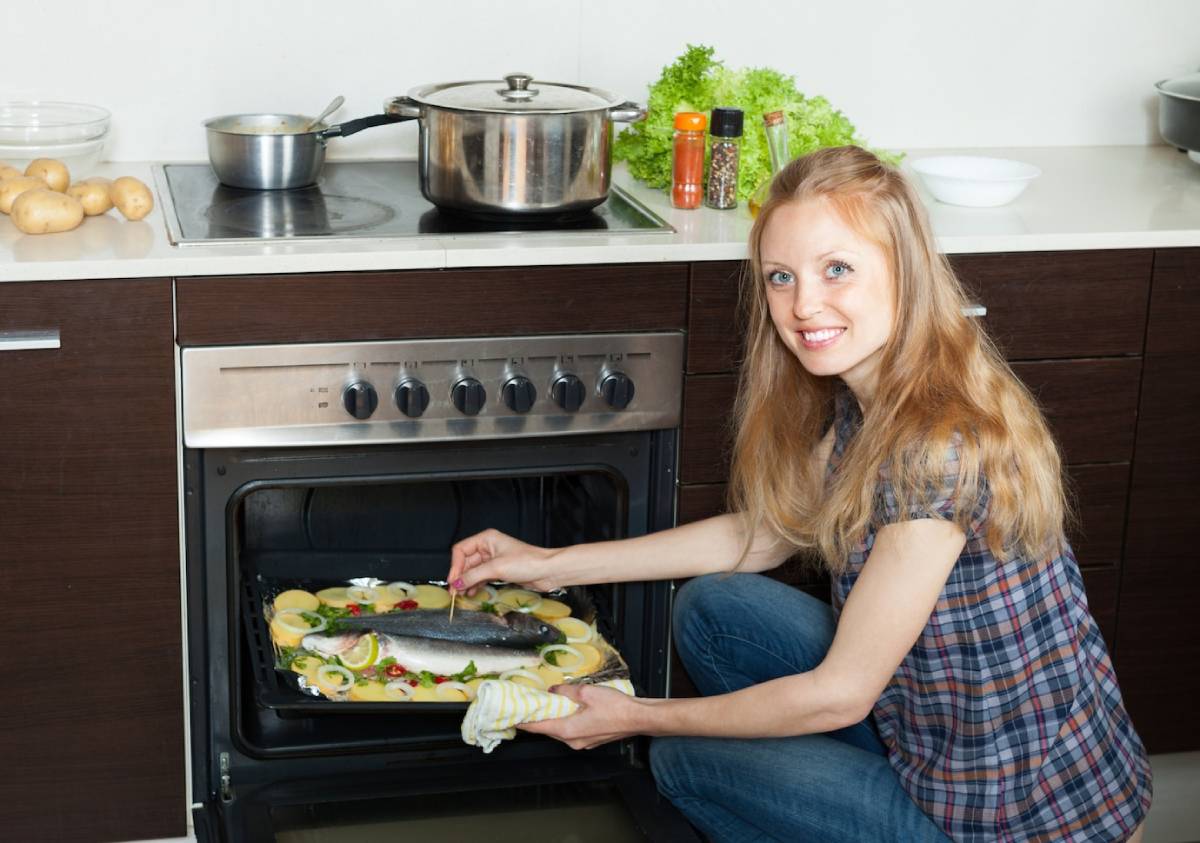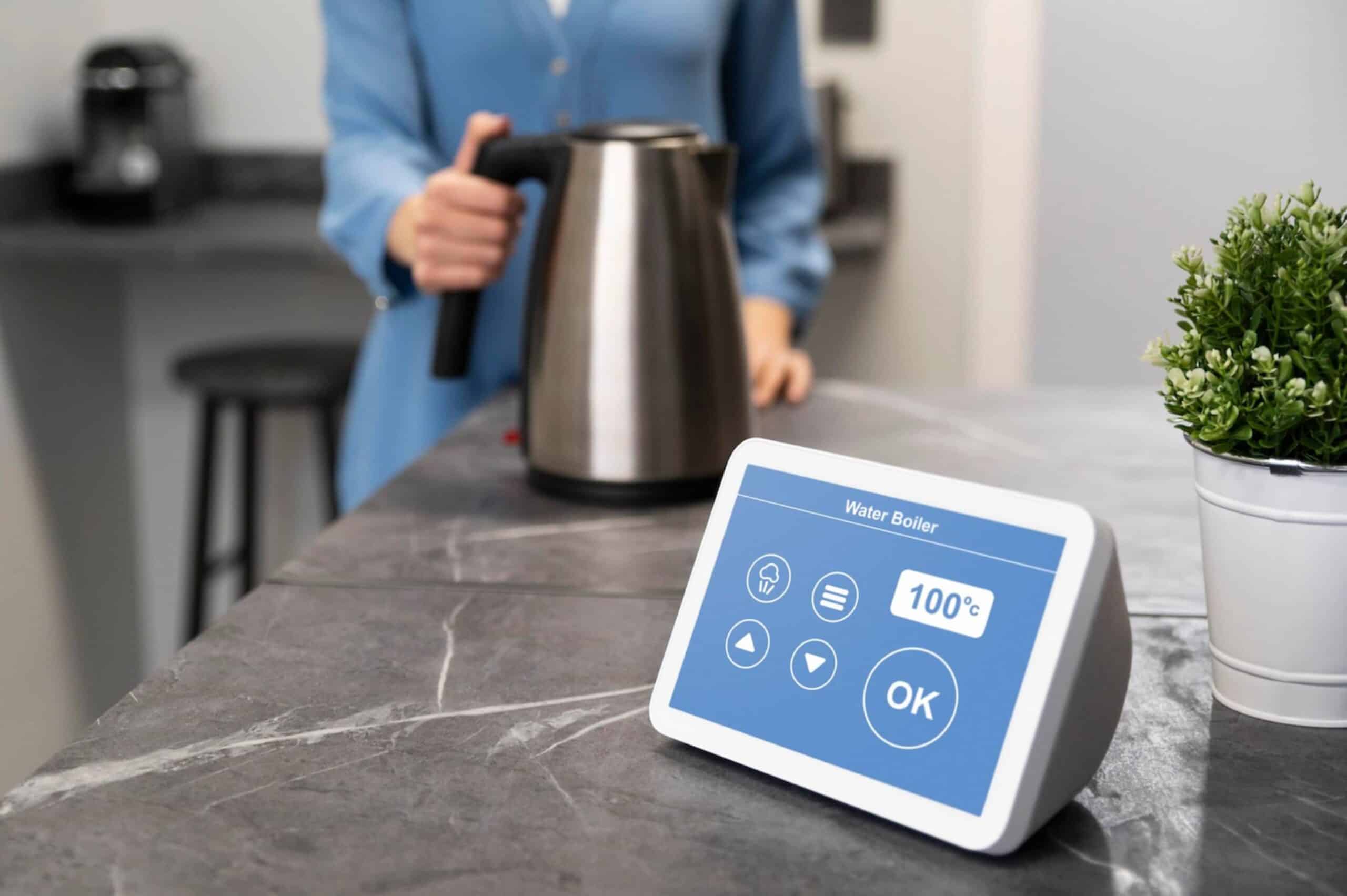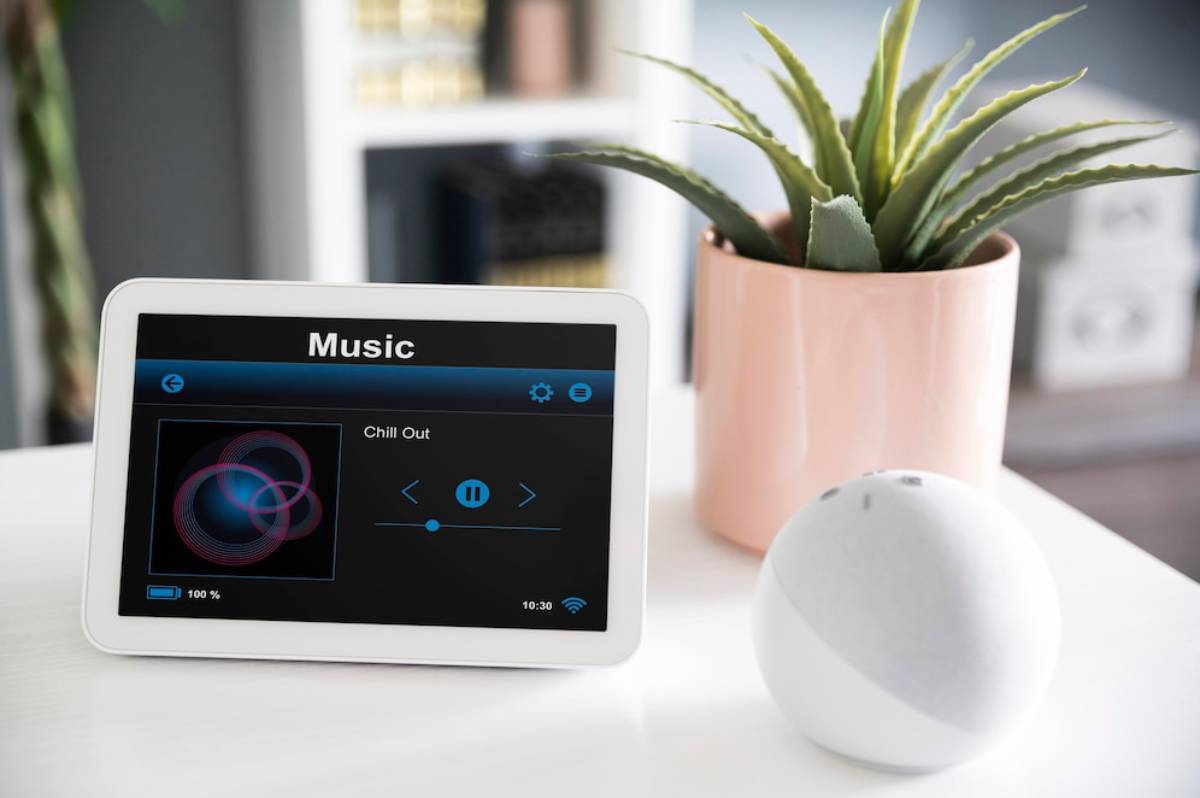
Smart Ovens and Ranges: Features to Consider
Smart kitchens are no longer a futuristic concept—they’re here, and they’re changing the way we cook, bake, and entertain. Among the most exciting innovations are smart ovens and ranges, which bring automation, precision, and remote control into the heart of your home.
In this blog, we’ll explore what defines a smart oven, key features to look for, and which models currently stand out. Whether you’re a seasoned chef or a busy parent, this smart oven review will guide you through the benefits, considerations, and must-have elements of a connected cooking experience.
Why Smart Ovens Matter
Cooking with a traditional oven often requires constant checking, adjusting, and remembering to preheat. A smart oven or range can handle much of that for you—alerting you when it’s ready, adjusting cook time based on temperature, and even suggesting recipes tailored to your settings.
With smart ovens, you can preheat on your way home, monitor the cooking progress via app, or get voice-controlled timer updates while chopping vegetables. This kind of kitchen appliance automation frees up your time and makes cooking more precise, consistent, and enjoyable.
Real-Life Applications of Smart Ovens and Ranges

Smart cooking appliances are designed to adapt to your lifestyle, whether you’re batch-cooking meals for the week or hosting a dinner party:
- Weeknight dinners: Start preheating your oven from your smartphone as you leave work.
- Hands-free baking: Use voice assistants to adjust temperature or set timers while your hands are covered in dough.
- Recipe integration: Some ovens work with guided cooking platforms that automatically set cooking times and temperatures for specific meals.
- Multi-zone control: Cook different dishes in separate zones with customised temperatures and timings.
- Remote monitoring: Keep an eye on your roast without opening the oven—perfect for busy households or multitasking chefs.
Incorporating a smart oven into your home doesn’t just upgrade your kitchen—it redefines how you approach food preparation.
Key Features to Consider in the Best Smart Ranges
1. App Connectivity and Remote Control
A quality smart oven or range should connect to a robust app, allowing you to:
- Preheat the oven remotely
- Adjust temperature and cook time
- Receive push notifications when cooking is complete
- Monitor energy use or maintenance needs
Most leading brands have dedicated apps, such as GE’s SmartHQ, LG ThinQ, or Samsung SmartThings.
2. Voice Assistant Integration
The best smart ranges support Alexa, Google Assistant, or Siri. This means you can use commands like:
- “Alexa, set oven to 180 degrees.”
- “Hey Google, how much time is left on the roast?”
- “Siri, turn off the oven.”
Voice control adds a layer of accessibility and convenience, especially during complex meal prep.
3. Temperature Probes and Internal Cameras
Some models come with built-in meat probes that sync to your app, so you can cook to exact doneness without constant checking.
Others include internal cameras, letting you watch your food through your phone—a game-changer for delicate bakes or multi-dish cooking.
4. Guided Cooking and Recipe Integration
Ovens from brands like Whirlpool, GE, and Bosch feature recipe platforms that pair with your device. Choose a recipe, and the oven will automatically set the correct cooking method, temperature, and time.
This is perfect for home chefs experimenting with new dishes or those looking for consistent results every time.
5. Multi-Zone or Dual Oven Functionality
Advanced ranges often feature multiple cooking zones or even two separate ovens in one unit. You can bake a cake in one while roasting a joint in the other, with independent temperature and timing controls.
For entertainers or large families, this dual flexibility can save serious time and stress.
Expert Tips for Smart Oven Usage
1. Choose Based on Your Cooking Style
If you’re a casual cook, basic smart features like remote preheating and timers might be all you need. Serious home chefs may want precise temperature controls, steam functions, and integrated recipe platforms.
Consider how often you cook, what you typically prepare, and how much automation you’ll realistically use.
2. Connect to Your Smart Kitchen Ecosystem
Make sure your oven or range works well with your existing kitchen devices. If you’re using a smart fridge, lighting, or voice assistant, check for seamless integration.
Some platforms allow multi-device routines, such as turning on extractor fans or adjusting lighting when the oven starts.
3. Keep Apps and Firmware Updated
To ensure optimal performance and security, keep your oven’s software up to date. Manufacturers often release updates that enhance speed, fix bugs, or improve integration with other smart home systems.
Most apps will notify you when updates are available—enable automatic updates where possible.
4. Use Scheduling and Favourites
Many smart ovens allow you to schedule cooking times or save favourite settings. If you regularly bake bread at a specific temp, save it as a preset. For weekday meals, schedule dinner prep to begin just before you get home.
These features simplify daily routines and reduce repetitive input.
Common Mistakes to Avoid
1. Assuming All Smart Ovens Are the Same
Smart ovens vary widely in what “smart” actually means. Some offer full Wi-Fi control and voice assistant support, while others are limited to remote preheating or push alerts.
Always read the feature list carefully—especially for lower-priced models that may advertise limited smart functions.
2. Ignoring Size and Installation Requirements
Smart ranges and ovens tend to be larger and heavier than traditional models. Check your kitchen layout, ensure proper ventilation, and confirm whether the unit requires hardwiring or a standard plug.
Also, consider professional installation if you’re not confident with electrical or gas appliances.
3. Overlooking Assistant Compatibility
If you primarily use Alexa, don’t assume the oven supports it—some models only work with Google Assistant or require separate hubs. Voice assistant compatibility is a crucial factor in kitchen appliance automation.
4. Not Using Cooking Probes or Cameras
These features are more than gimmicks—they help you avoid overcooking, undercooking, or opening the door unnecessarily (which affects heat retention). Take the time to learn how to use your oven’s advanced tools.
Advanced Insights: Top Smart Ovens and Ranges of 2025
GE Profile Smart Built-In Convection Wall Oven
- Wi-Fi + SmartHQ app
- Built-in temperature probe
- No preheat air fry mode
- Google and Alexa compatible
- Touchscreen controls
Ideal for: Tech-savvy home cooks who want full app and voice integration with performance features.
LG InstaView Slide-In Range
- Knock-to-light oven window
- Air fry and convection features
- Works with LG ThinQ and voice assistants
- Self-cleaning options
- Sleek, modern design
Ideal for: Families wanting user-friendly features and smart home connectivity.
Samsung Smart Flex Duo Range
- Dual oven zones with independent temperature control
- SmartThings app and Bixby/Alexa compatibility
- Built-in air fryer and warming drawer
- Internal camera with live view
- Wi-Fi monitoring and scheduling
Ideal for: Large households or entertainers needing flexibility and advanced smart functions.
Bosch 800 Series Smart Wall Oven
- Precision cooking with the Home Connect app
- Recipe guidance and automatic program selection
- Works with Alexa
- Steam cooking and convection heating
- Remote diagnostics and notifications
Ideal for: Detail-oriented cooks who want a premium smart oven experience with precise control.
Conclusion: Smarter Cooking Starts Here

Smart ovens and ranges are transforming everyday cooking—from rushed weeknight meals to elaborate holiday feasts. With remote control, voice integration, and precision features, these appliances are helping households save time, reduce energy waste, and improve meal outcomes.
Whether you’re drawn to the touchscreen elegance of Samsung, the voice-ready precision of GE, or the modern efficiency of LG, today’s best smart ranges cater to every culinary need and tech preference.
The future of cooking is connected, convenient, and customised—and with the right smart oven, your kitchen will be ready for anything.


